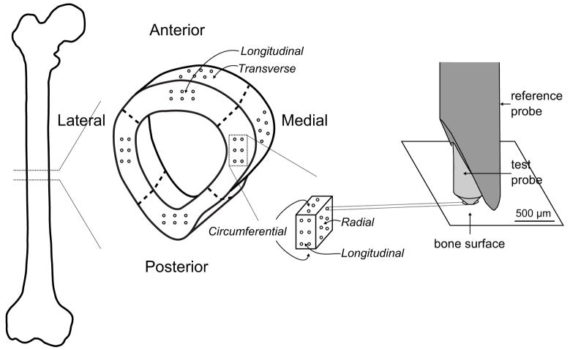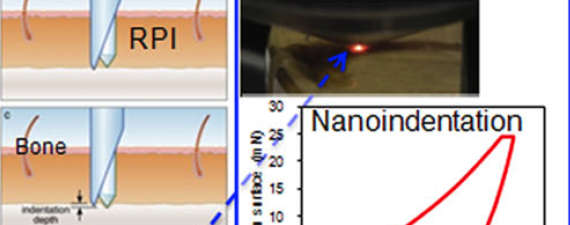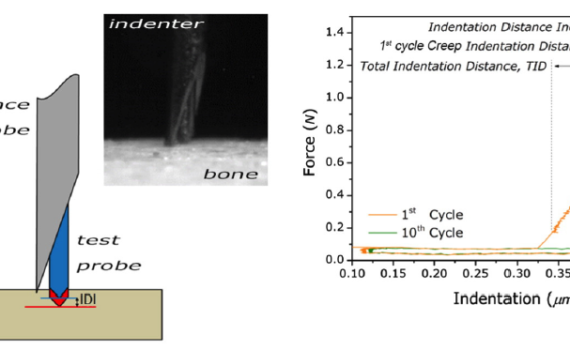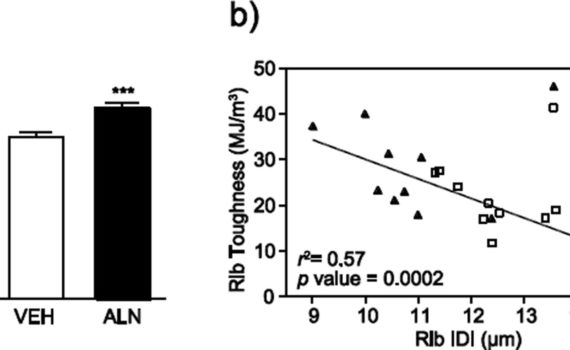Abstract Deformations of vertebrae and sudden fractures of long bones caused by essentially normal loading are a characteristic problem in osteoporosis. If the loading is normal, then the explanation for and prediction of unexpected bone failure lies in understanding the mechanical properties of the whole bone-which come from its internal […]
toughness
Abstract Reference point indentation (RPI) is a microindentation technique involving 20 cycles of loading in “force-control” that can directly assess a patient׳s bone tissue properties. Even though preliminary clinical studies indicate a capability for fracture discrimination, little is known about what mechanical behavior the various RPI properties characterize and how […]
Abstract The likelihood of suffering a bone fracture is not solely predicated on areal bone mineral density. As people age, there are numerous changes to the skeleton occurring at multiple length scales (from millimeters to submicron scales) that reduce the ability of bone to resist fracture. Herein is a review […]
Abstract Limitations associated with current clinical fracture risk assessment tools highlight the need for increased understanding of the fracture mechanisms of the bone and, ideally, a means of assessing this in vivo. Being a multi-layered hierarchical structure, the overall properties of the bone are dictated by its structural and compositional […]
Abstract Traditional bone mechanical testing techniques require excised bone and destructive sample preparation. Recently, a cyclic-microindentation technique, reference-point indentation (RPI), was described that allows bone to be tested in a clinical setting, permitting the analysis of changes to bone material properties over time. Because this is a new technique, it […]





